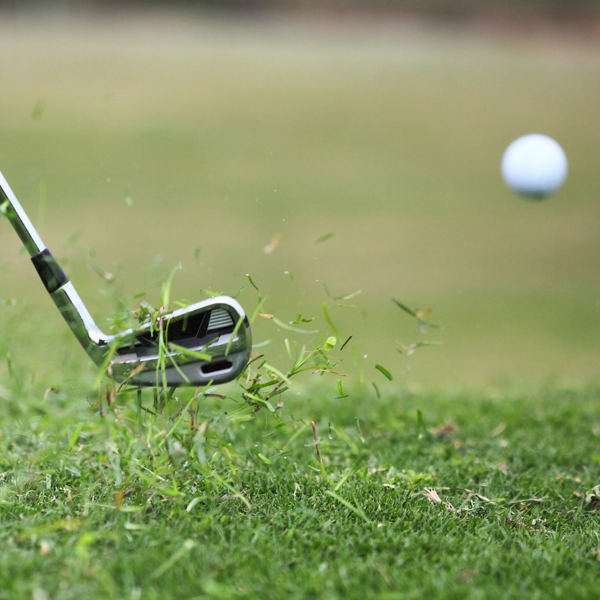If you’re new to golf, the number of clubs available can seem overwhelming. The good news is that you don’t need a full set to get started. Golfers are allowed up to 14 clubs in their bag, but as a beginner, you can start with as many or as few as you feel comfortable with.
To help you understand the basics, this PGA Play guide explains the key clubs that every golfer should know about and how they are used on the course.
1. Driver – Power off the tee
The driver is the longest club in the bag and is designed for maximum distance. It is primarily used for tee shots on long holes, helping you hit the ball as far down the fairway as possible. With its large clubhead and long shaft, the driver generates high speed and power, but it can take time to control.
2. Fairway woods – Versatility and distance
Fairway woods, typically a 3-wood and 5-wood, are a great alternative if the driver feels difficult to control. They are designed for long-distance shots from the tee or the fairway. With smaller clubheads than a driver, fairway woods provide a balance of power and accuracy, making them a useful option for a variety of situations.
3. Irons – Precision and control
Irons come in different numbers, ranging from 3-iron to 9-iron. As a beginner, mid and short irons (such as a 5-iron to 9-iron) will be the most useful. These clubs are designed for approach shots from the fairway, helping position the ball closer to the hole. The lower the iron number, the farther it should travel, while higher-numbered irons provide more loft and control for shorter shots.
4. Wedges – The Short Game Specialists
Wedges are used for shorter, more controlled shots, particularly around the green and in bunkers. The most common types include:
- Pitching wedge – Ideal for approach shots just outside the green.
- Sand wedge – Designed for escaping bunkers and playing from rough terrain.
- Lob wedge – Used for high, short shots over obstacles such as bunkers.
A strong short game is essential for improving overall scores, making wedges an important part of any beginner’s setup.
5. Putter – The Key to Finishing Holes
Once on the green, the putter becomes the most important club in the bag. Designed for rolling the ball towards the hole, the putter is all about precision and touch. Mastering putting is a crucial skill, as it directly impacts scoring and consistency.
Getting Started with the Right Clubs
As a beginner, you don’t need to carry a full set. A simple and effective starting setup could include:
- Driver or 3-wood for tee shots
- A few mid-irons, such as a 5-iron, 7-iron, and 9-iron
- A wedge, either a pitching or sand wedge
- A putter for use on the greens
Starting with this basic selection will give you a strong foundation as you learn the game. As your skills improve, you can add more clubs to suit your playing style and needs.
Golf is a journey, and getting comfortable with the essential clubs is the first step toward enjoying the game. Focus on the fundamentals, practice regularly and most importantly, enjoy the experience of learning and improving on the course.
Explore the full range of PING clubs designed to elevate your game. Renowned for industry-leading custom fitting, PING tailors each club to your unique swing.
Find your nearest fitting centre and start your journey to better golf today: Visit eu.ping.com








